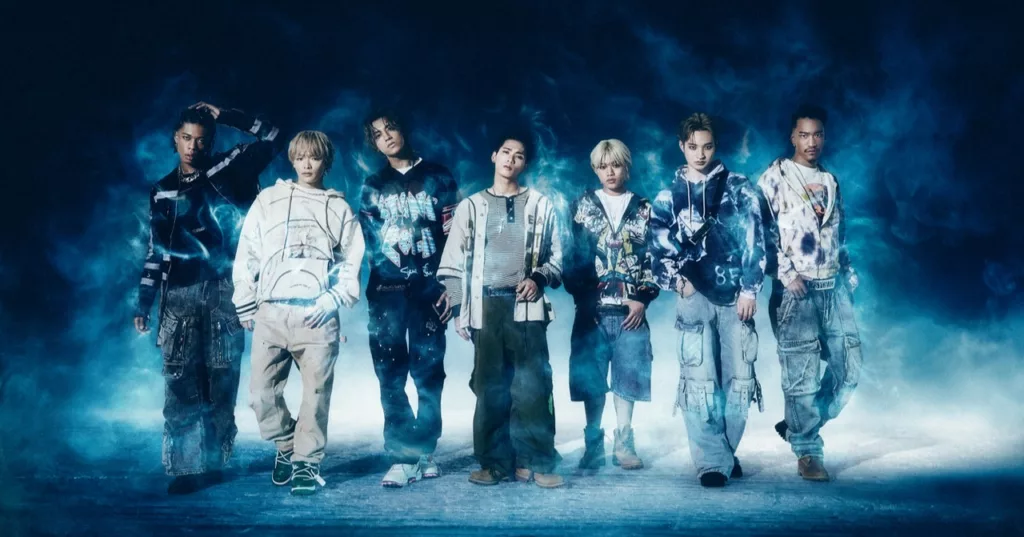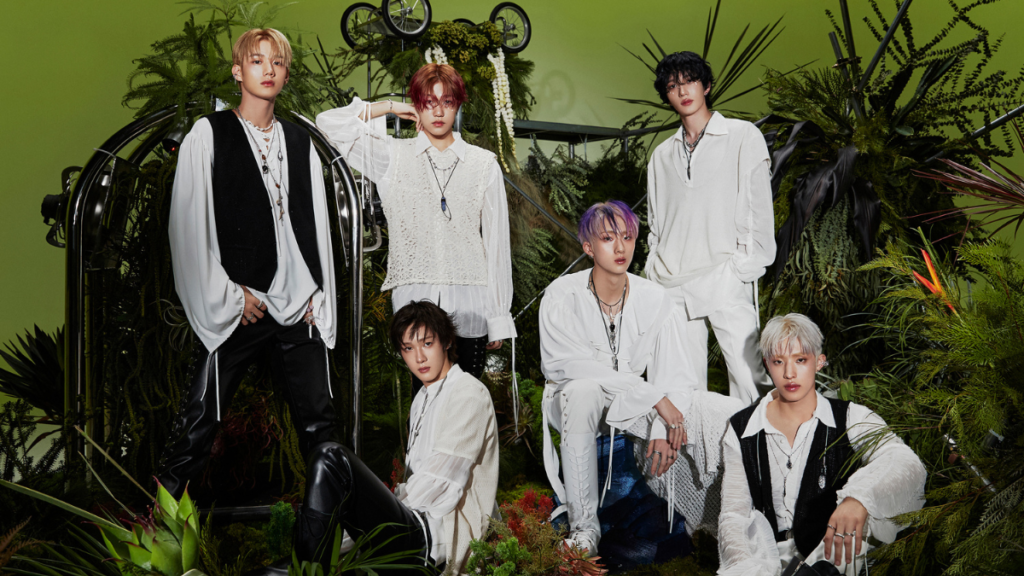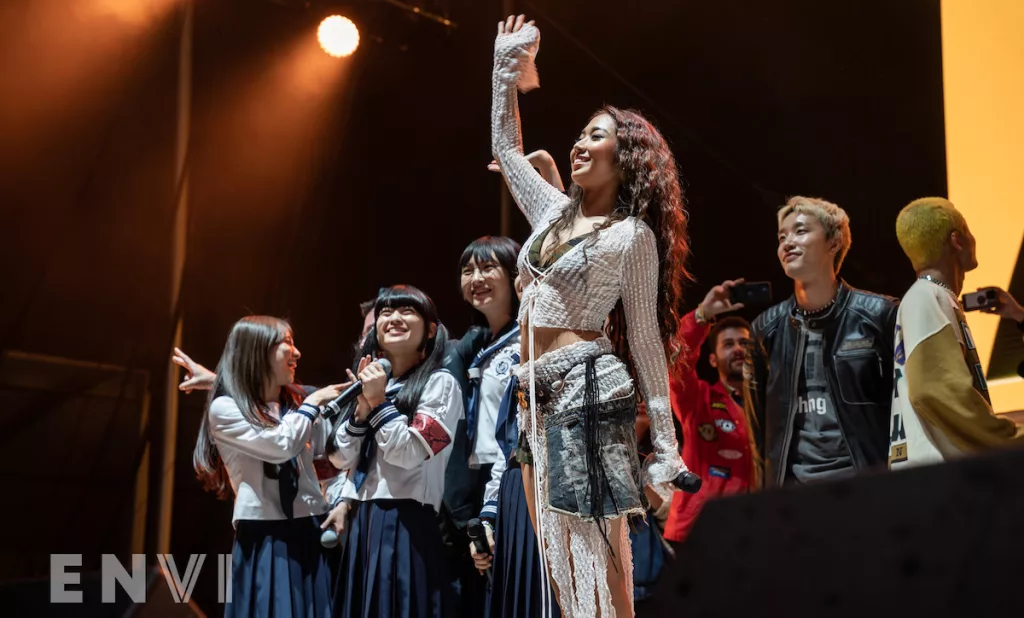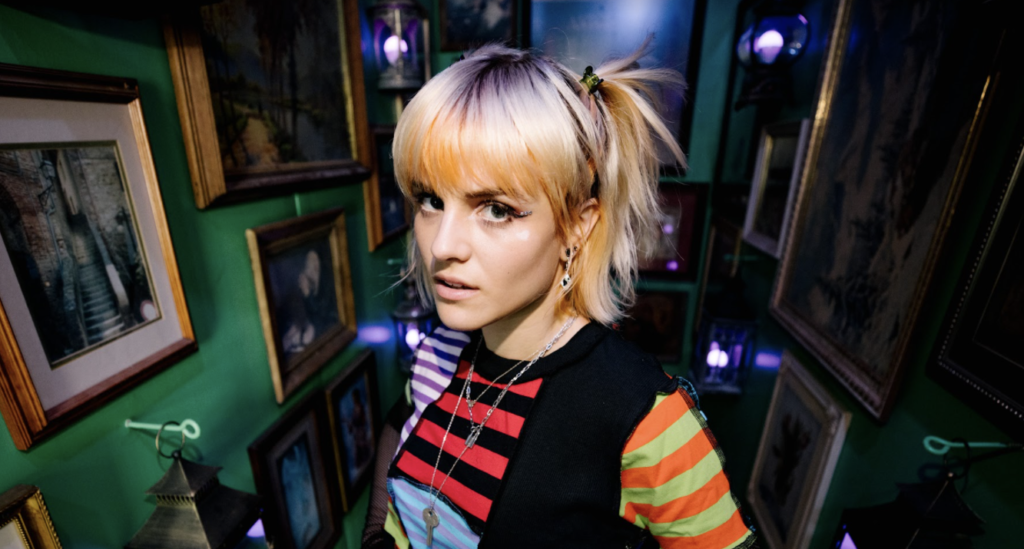Yvonne Chapman on Her Earth-Shattering Performance as Netflix’s Avatar Kyoshi
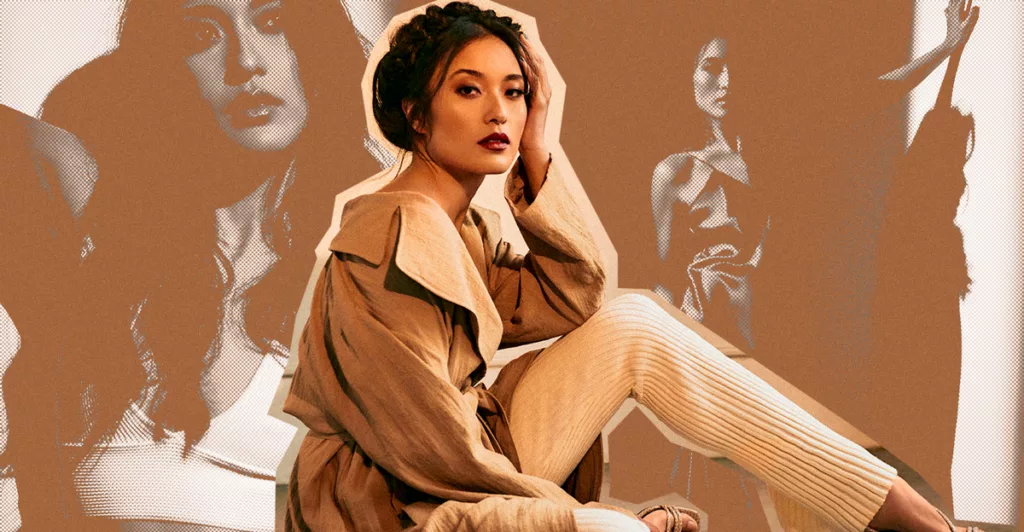
Reviving the fanbase that never truly died, Avatar: The Last Airbender (2024) was a popularity powerhouse — snatching the number one spot in Netflix’s English TV Top 10 list less than a week after its debut. The series adapted Nickelodeon’s animated Avatar: The Last Airbender (2005), making it the latest live-action adaptation since director M. Night Shyamalan’s film in 2010. After nearly two decades of fans craving official content, the show performed immensely as the newest addition to the multi-million dollar franchise. Adding more fire to the show’s flaming traction, Netflix confirmed Avatar: The Last Airbender’s renewal for an additional two seasons.
With an estimated $15 million budget per episode, Netflix didn’t skimp on the details. Showered with glamored visual effects and world-building, Avatar: The Last Airbender brought to life many familiar facets of the original series. Capturing the hearts of old fans and new viewers alike was Yvonne Chapman — the starring actress behind the beloved character Avatar Kyoshi. Bursting with a bright demeanor unlike her broodier, badass role, Chapman chatted with EnVi over Zoom to share some earth-shattering revelations on the secrets behind the face paint.
Avatar: The Beginning
No stranger to portraying a badass martial artist, Chapman was once Zhilan Zhang — a cold-blooded warrior in The CW’s Kung Fu (2021). Killing the protagonist’s mentor in episode one and quickly becoming everyone’s living nightmare, Zhilan was a top-class villain. Having the traits of a snake in more ways than one, Zhilan was an alluring yet dangerous presence that left viewers reeling. Although more akin to a murderer than a mentor, Zhilan was another weapon in Chapman’s arsenal of portraying badass Asian women.
Michael Goi was a familiar face on set for Chapman, having been a director of Kung Fu. As the executive producer of Avatar: The Last Airbender and director of the Kyoshi episode, he was heavily involved in the vision of our Earth Kingdom Avatar. Interested in Chapman’s acting prowess, he inquired about her interest in portraying Kyoshi in the upcoming project. Naturally, she accepted. Ecstatic as a fan of the original series, Chapman recalled this decision as being a “no-brainer,” whole-heartedly agreeing to partake in the nostalgic re-imagining.
Chapman was prepared long before filming began. “I read the Kyoshi books, which are awesome. If anyone has not read them, I highly, highly recommend it,” she urged viewers. The Kyoshi Novels were never adapted into a series but are often regarded as a popular branch in the Avatar: The Last Airbender multimedia tree. Having a reference to Kyoshi’s past that wasn’t nearly as expanded on in the animated series, Chapman leaned on the books as a foundation in fleshing out Kyoshi’s character.
Stealing the stage in episode two with Avatar Kyoshi’s on-screen appearance, Chapman didn’t just bring her to life. She embodied Kyoshi, marking Chapman as one of the most well-received casting choices. Relieved at the positive reception, she recalled feeling a lot of pressure before the series’ release. With a sizable Hollywood budget and fans clamoring for a polished re-telling, the anticipation was equally exciting as it was frightening. “I knew people held it near and dear to their hearts,” she explained, “so I think all of us really wanted to make the original fans proud and have them see something that is familiar yet fresh so that they can enjoy both worlds.”
Avatar: Behind the Scenes
Donning her iconic face paint and gearing up with a heart of steel, Avatar Kyoshi was a product of the sheer amount of research done behind the scenes to bring her to life. With various teams covering hair, makeup, design, and even culture consultants onboard to create the on-screen visuals, Chapman was in awe of the details that Kyoshi’s design entailed. “We had layers of skirts, shirts, and drapery for her and the armor,” she described, “even the stuff that the costume department knew that you guys weren’t going to see.”
Gesturing towards her feet, she recalled wearing designed boots that were “hidden behind the three layers of dresses and skirts,” knowing that they were simply a finishing touch rather than a necessary implementation. These additional design decisions weren’t because of artistic perfectionism. It was purposeful as a nod towards the Asian and Indigenous culture that Avatar: The Last Airbender embraced.
Dedicated to respecting these communities and their culture, the teams’ efforts didn’t go unnoticed by Chapman. She voiced the extent of their research, revealing that there were discussions with consultants within Asian and Indigenous communities to make sure that all of the details were culturally respectful and correct. Even the shoes. “They didn’t leave any stone unturned because they wanted to honor where those details were coming from and show that representation in the best, most effective way.”
The most recognizable feature of Avatar Kyoshi is her face paint — a white base that has her eyes pooled in red and brows accentuated to her temples. Inspired by traditional Chinese opera makeup, the face paint played a vital part in bringing Avatar Kyoshi and her warriors to life. Undergoing an initial process that took up to two and a half hours, Chapman recalled the makeup team trying various methods to “get the exact angles for the face to make sure that the eyebrows matched perfectly on each side to get that symmetry and the perfect white for her face.”
Doing test runs of everything, the makeup team ventured into a streamlined process that had Chapman in her chair for half the time with the best results. Translating well on camera, the face paint was an exquisite detail that really made Avatar Kyoshi and the Kyoshi Warriors stand out on-screen. Getting into costume and makeup was often a highlight of the Avatar Kyoshi transformation for Chapman. “It was just so much fun seeing it come to life because it was so highly anticipated and because I’m also a fan,” she enthused.
Avatar: Kyoshi
In all live-action adaptations, there are naturally some differences and details that are lost, altered, or added during the adaptation process. As a fan of the original series, Chapman recalled the lasting impact she felt from the animated version of Avatar Kyoshi despite her few appearances. Kyoshi, to her, was a “fearless warrior woman who was well known for her ferocity and protecting her people.”
Coupled with the label of being one of the strongest Avatars of all time and a name that lasted generations beyond her death, Avatar Kyoshi left giant footsteps to follow thanks to her towering figure and elemental mastery. “There’s a certain refinement that I think Avatar Kyoshi would have having lived 230 years on Earth. She lived way beyond our years. Oh, girl lived. She lived.”
Alongside her visuals, Avatar Kyoshi’s strength was one of her biggest trademarks. Wanting to relay this ferocity and groundedness, Chapman strived to embody this innate power and wisdom through the Kyoshi Island arc. “That’s what was really showcased at Kyoshi Island and with the Kyoshi Warriors, as well as these really powerful women who protect their people,” she explained. Although her interaction with Aang was received by some viewers to be harsher than in the animated series, this approach wasn’t unfounded. “In her interaction with Aang, she took what I believe would have been her approach to get him to act in order to save the island, the friends, and the people there. It was a balance between trying to find the right representation of her talking with Aang in the spirit world,” she explained, “and trying to show the sense of urgency that needed to be portrayed.”
Although Kyoshi’s mentor-mentee relationship with Aang was a more serious one, Chapman had nothing but high praise for Aang’s actor, Gordon Cormier. “He’s wonderful, and I had such a great time working with him. He is Aang. He’s Aang,” she declared. “It’s unbelievable how much he embodies Aang as if he walked off the cartoon, and he’s just really great to work with. He deserves all the success that this is getting.”
Avatar: The Takeaway
More than happy to take on another badass warrior role, Chapman expressed her deepfelt gratitude for viewers who were inspired or awed by Kyoshi’s strength. Throwing a rock that rippled through Hollywood, her role assured that a woman can stand on equal ground if not higher than her male counterparts. This was a lesson that was learned in the series itself — courtesy of the Kyoshi Warriors and Sokka. And to that, Chapman wants to encourage “the audience and especially the young girls and women to see that they have the ability and the permission to take up as much space as they want. You know, to have a powerful voice, to have a presence and to not apologize ever for being who you are. That’s what I hope that they can take away from it.”
Recognizing the significance behind this diverse and culturally respectful series, Chapman expressed the positive changes that she felt the industry is undergoing. “We’re in the golden era of television right now for representation. For the longest time, we’ve always played the sideline characters, but now we actually get our own storylines,” she assured. “We get to be the protagonist, the heroes, the anti-heroes, the villains of the story. We get to be seen front and center rather than being in the background with a checkbox of diversity. No, this is what actual diversity looks like, in my opinion.” Amassing millions of views spanning internationally, the series showcased that largely POC shows and stories can exist and also succeed. With a story deeply rooted within Asian and Indigenous culture, Avatar: The Last Airbender did exactly that. It succeeded.
Beyond Avatar: Yvonne Chapman
After Avatar Kyoshi, Yvonne Chapman has taken another badass role in The CW’s Superman & Lois. Casted as Amanda McCoy, Chapman is a fresh face suited this time with more brains than brawn. Although a minor character, with her streak of grabbing the audience’s attention from the side, more action awaits.
Avatar: The Last Airbender is available to watch on Netflix. To see more of Yvonne Chapman, check out her official Instagram and Twitter.
Interested in more ACT!ON content about actors? Read our piece on Dev Patel’s directorial debut here!
